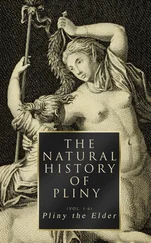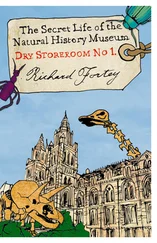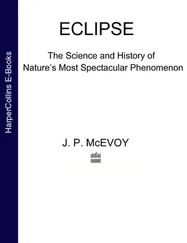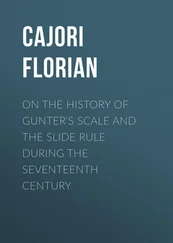Science – be it the history of art or physical chemistry of geomaterials – helps us to restore these objects in a more rigorous way. Thus, surface morphometry and optical spectrometry combined with quantum mechanics has allowed the fabulous blue diamond of Louis XIV, which was stolen in 1792 without leaving any obvious trace, to be reconstituted exactly. Other methodologies of mineralogy allow historical but undocumented exchanges to be reconstituted. Nanotechnologies have even made it possible to recreate an exact replica of this lost diamond, which still remains an absolute natural rarity despite the opening of numerous and very productive mines since the 18th century (Brazil, Africa, Siberia, Australia, Canada, etc.). Unpublished archives also allow us to better understand the often tormented past of these gems and their presence in the French National Museum of Natural History ( Muséum national d’Histoire naturelle (MNHN), also known just as the Muséum ).
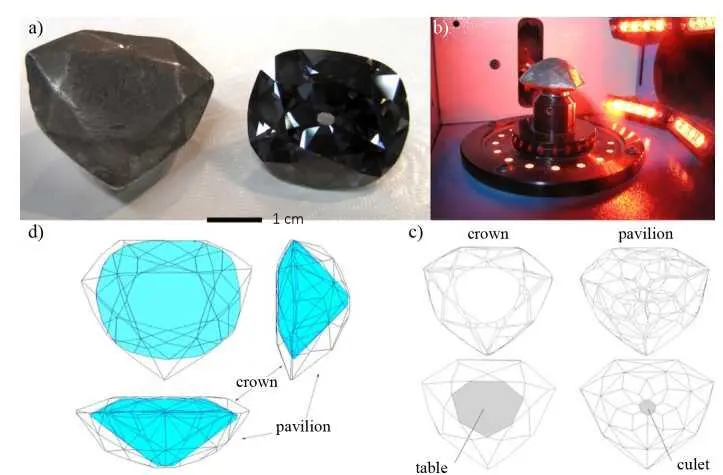
Figure 3.1. From museum objects to digital models. © F. Farges/MNHN
COMMENT ON FIGURE 3.1.– (a) The blue diamond cast found at the MNHN in 2008 and the Hope diamond removed from its bezel. Note how the white paper stands out perfectly in the center of the Hope diamond, where it is thickest (12.9 mm), while in the periphery, the gem appears opaque while its thickness is reduced to 2 mm. The scan of the cast (b) allowed the arrangement of the polygons reflecting the rays of light to be located in terms of space. These data were then simplified on a computer (c) via decimation algorithms to reconstitute the effective facets of the gem, both for the top (crown) and the bottom (pavilion). This model was compared (d) to the one obtained on the Hope diamond in order to observe the correspondence between the two gems under three different angles .
In the 17th century, Louis XIV took possession of two of the most beautiful blue gems known at the time: the Grand Diamant Bleu (Great Blue Diamond, also called the “French Blue”) (69 carats, or almost 14 grams, Figure 3.1) and the Grand Saphir (Grand Sapphire) (135.7 carats, or more than 27 grams, Figure 3.2). They had the greatest honor as these two gems were listed at the top of the 1691 Crown Jewels inventory, items 2 and 3 respectively of the fabulous royal inventory listing hundreds of gems, amongst extraordinary gems and various jewels (Farges 2014) of which almost nothing remains today.
However, these two blue gems disappeared in September 1792, during the looting of the Hôtel du Garde-Meuble located on the present-day Place de la Concorde (Bapst 1889). Police investigations show that the jewel was probably taken by a certain Cadet Guillot, a young swindler who fled to London where he was eventually imprisoned (Bapst 1889). The diamond disappeared forever. As for the Grand Saphir , it must also have disappeared into the hands of thieves because the gem was not found amongst the few remaining gems. On the other hand, the sapphire was found shortly afterward, according to an inventory from December 1792 (Farges et al . 2015). It was deposited at the Hôtel de la Monnaie where it was recovered in 1796 by Daubenton (1716–1799), then a professor at the Muséum . Indeed, the 1789 inventory of the Crown Jewels described the item as a “sapphire piece” because the mineralogist Romé de l’Isle (1736–1790) published – in his Essai de Cristallographie (1772) – that the gem was, according to his studies, a sapphire crystal (an erroneous conclusion as the object was definitively faceted by humans, i.e. a gem).
Our research in the French National Archives ( Archives nationales , AN, Minutier MC/ET/XXXIX/619) led us to the will of this little-known crystallographer. This document informed us of the existence of crystal models developed by this pioneer of the science of crystals, which he indicated as constituting the most precious legacy of his collection. Forgotten up until now, this legacy was found, identified and recollected (MIN000-5020) within the mineralogy collections of the Muséum : these hundreds of clay casts of unknown origin and age correspond in fact to the oldest models (in compacted clay of the finest texture) of Romé de l’Isle’s crystals known to date and published in the opus of 1772 (Farges et al . 2015). Among them, No. 71 (Figure 3.2) corresponds, according to Romé, to the crystallographic model of the Grand Saphir , which he considered natural. As for the original, declared “uncut” in 1789 (AN, O 13362) and therefore not very valuable, it found its “rough” acolytes at the Muséum under the tutelage of Daubenton in 1796, who understood well that he was making a bargain on behalf of his museum by acquiring such an exceptional gem. Even though Romé questioned his conclusion in 1783 in the second edition of his Essai de Cristallographie , he continued to suspect the Grand Saphir of being natural in a 1787 letter to Delamétherie (1743–1817), another French mineralogist of that period who sponsored Romé. Indeed, it was in fact a gem, probably polished by a Mughal hand in 17th-century India. Its most original faceting had fooled the experts of the Enlightenment, but not those of the Grand Siècle 1, a hundred years earlier... .
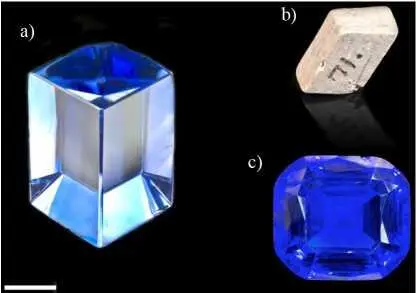
Figure 3.2. Gems and models. © F. Farges/MNHN
COMMENT ON FIGURE 3.2.– (a) Louis XIV’s Grand Saphir (MNHN inv. A.67); (b) ceramic model no. 71 by Romé de l’Isle (circa 1772) representing the Grand Saphir as a natural crystal of “adamantine spar” (corundum); (c) rhinestone model of the Ruspoli sapphire also found in the MNHN collections (inv. 50.167) and given by the same Parisian gem cutter as the model of the blue diamond (see Figure 3.1(a)): a certain M. Achard. The scale is 1 cm .
More recently, it was said that this sapphire should be named the Ruspoli , after the eponymous Roman prince who is said to have owned it before Louis XIV (see references in Farges et al . 2015). The mechanics of storytelling are so effective that this sapphire is actually better known by this nickname than by its original name Grand Saphir . In fact, a misreading of a paragraph by Mr Barbot (see Farges et al . 2015) was at the origin of the confusion between the Grand Saphir and the Ruspoli , which are actually two different gems. This other sapphire made the headlines – from both a society and legal point of view – in 1813 for obscure reasons, due to the mischievous baiting that jewelers liked to throw back and forth. In fact, the Ruspoli was rediscovered at the Muséum (inv. 50.167), at least its historical replica in cobalt blue rhinestones, dating back to the 1820s (Figure 3.2). Its faceting is largely dissimilar to that of the Grand Saphir . The Ruspoli was still traceable until 1952 when it was likely purchased by Cartier in New York (Farges et al . 2015). We do not know what has happened to this gem since then.
For its part, Louis XIV’s Grand Saphir remains strangely absent from the MNHN’s brand image, even though it is certainly the most precious piece in its collections: for example, consider the popularity of the Hope diamond, the “muse” of the Smithsonian Institution in Washington and, more generally, of the Americans who recognize in this blue diamond no less than their own Mona Lisa . Indeed, some semi-confidential gossip in the jewelry world has long suspected the Hope diamond of being Louis XIV’s blue diamond, cut by thieves or their collectors. Without proof, the story will remain as such. France quickly forgot its masterpiece since no painting of this French jewel is known. Until 2007 that is, when we found – in the collections of the Muséum national d’Histoire naturelle – the only cast of this gem stolen in 1792 (Figure 3.1(a)).
Читать дальше




